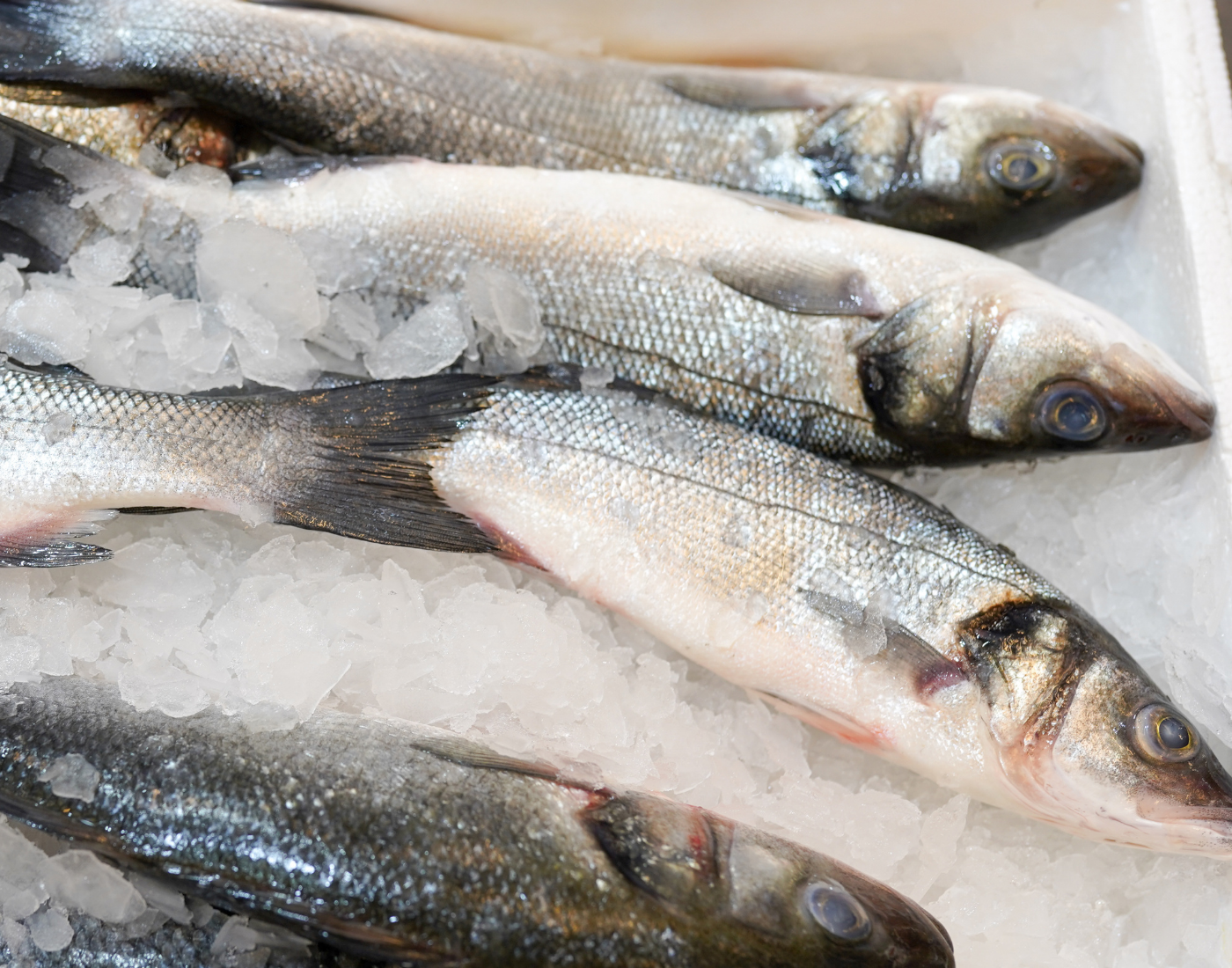Fish parasites such as Anisakis larvae (parasitic worms) are a problem in certain species of wild fish including:
- salmon
- herring
- cod
- other fish species including monkfish
All fish and fishery products must be checked and any with visible parasites removed before the fishery product is sold. As well as being unsightly, if eaten alive, Anisakis larvae can cause human illness or allergic reactions in some people. Illness can include abdominal pain and nausea.
Cooking will kill the parasites. Freezing provides an alternative process for killing any parasites:
- that may be undetected in fish and fishery products
- that are not cooked prior to consumption
Our research shows that there is a low risk of parasites from farmed salmon.
The European Food Safety Authority (EFSA) reviewed the evidence on the presence of parasites in wild and farmed fish in its Opinion of 2010. This Opinion sets out specific time and temperature treatments required to kill the parasites.

